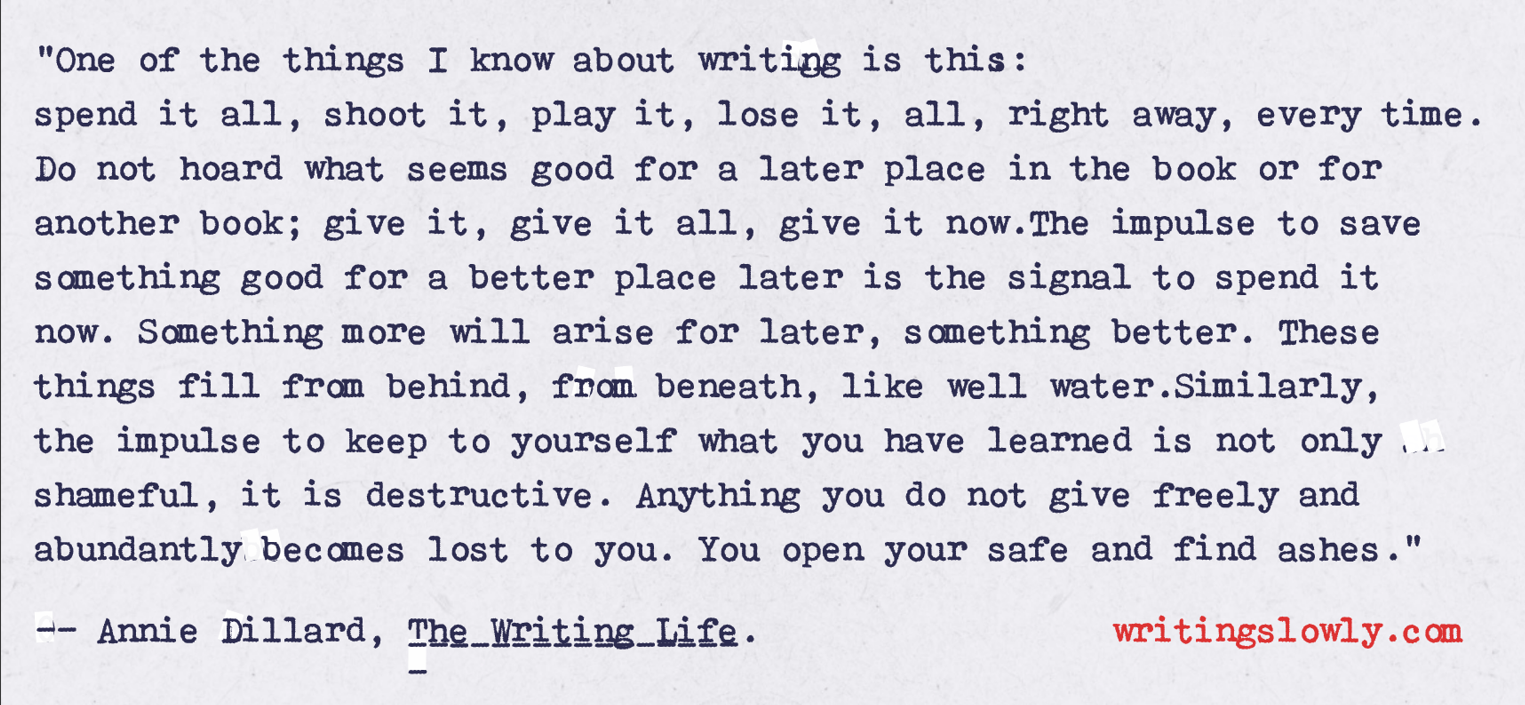Atomic Notes
- What is the real work of serendipity?
- A library of good neighbours
- The Dewey Decimal System pigeonholes all knowledge, like cells in a prison
- How to think in writing, part 1: The thought behind the thought by Henrik Karlsson.
- Chase your reading by Robin Hanson.
- Learning by writing by Holden Karnovsky.
- How to make writing less hard by Oliver Burkeman.
- When to begin writing by Sheldon Richmond (it’s an old one but a good one).
- Plain text (Markdown) notes.
- Each note is a single idea with a unique ID.
- Each note deserves a clear title.
- Notes link meaningfully to other notes.
- Tiago Forte’s summary of How to Take Smart Notes, by Sönke Ahrens
-
Don’t build a magnificent but useless encyclopaedia
-
Document your journey through the deep forest
-
Avoid inert ideas
-
Converse about what really matters to you
-
Imagine, then build, new knowledge products
-
Where (and how) you go is more important than where you start from
-
An example
-
If you’re not sure what website feeds are, see IndieWeb: feed reader and how to use RSS feeds. ↩︎
-
Does the index box distort the facts?
-
Can you create coherent writing just from a pile of notes?
-
Perhaps you should keep your notes private
-
Make it flow
-
To create coherent writing, make coherent notes
-
Begin with fragments
-
From smaller parts build a greater whole
-
Join your work together
-
Do it seamlessly well
Notemaking helps you remember - and helps you forget
Do we really need to remember everything?
This is the question posed by Lewis Hyde’s memorable book, A Primer for Forgetting: Getting Past the Past 📚
He says:
“Every act of memory is an act of forgetting. The tree of memory set its roots in blood. To secure an ideal, surround it with a moat of forgetfulness. To study the self is to forget the self. In forgetting lies the liquefaction of time. The Furies bloat the present with the undigested past. “Memory and oblivion, we call that imagination.” We dream in order to forget.” ― Lewis Hyde, A Primer for Forgetting: Getting Past the Past

Forgetting is the essence of what makes us human
The subtitle of Joshua Foer’s book, Moonwalking with Einstein, promotes the art and science of ‘remembering everything’. Yet Foer accepts that forgetting is an essential aspect of memory. He quotes the Argentinian author Jorge Luis Borges:
“It is forgetting, not remembering, that is the essence of what makes us human. To make sense of the world, we must filter it. “To think,” Borges writes, “is to forget.” – Joshua Foer, Moonwalking with Einstein: The Art and Science of Remembering Everything
Making notes will aid your short-term memory, even when you haven't got one
This week I was making notes about a presentation when my colleague looked over and offered to just give me the slides. I said thanks, of course. But really I was making my notes to help me remember the key information. If I just referred to the slides, I’d never assimilate the presentation - I’d just listen then forget. Conversely, while I might never look at the notes again, since it was me that made them, some of it has now sunk in.
Many people make notes to help them remember things, but how do you do it?

A System for Writing by Bob Doto
“The note you just took has yet to realize its potential.” - Bob Doto
Another ‘Zettelkasten primer’ won’t be needed for some time, since this one is direct, concise, thorough and strongly practical.
📚A System for Writing by Bob Doto is out!
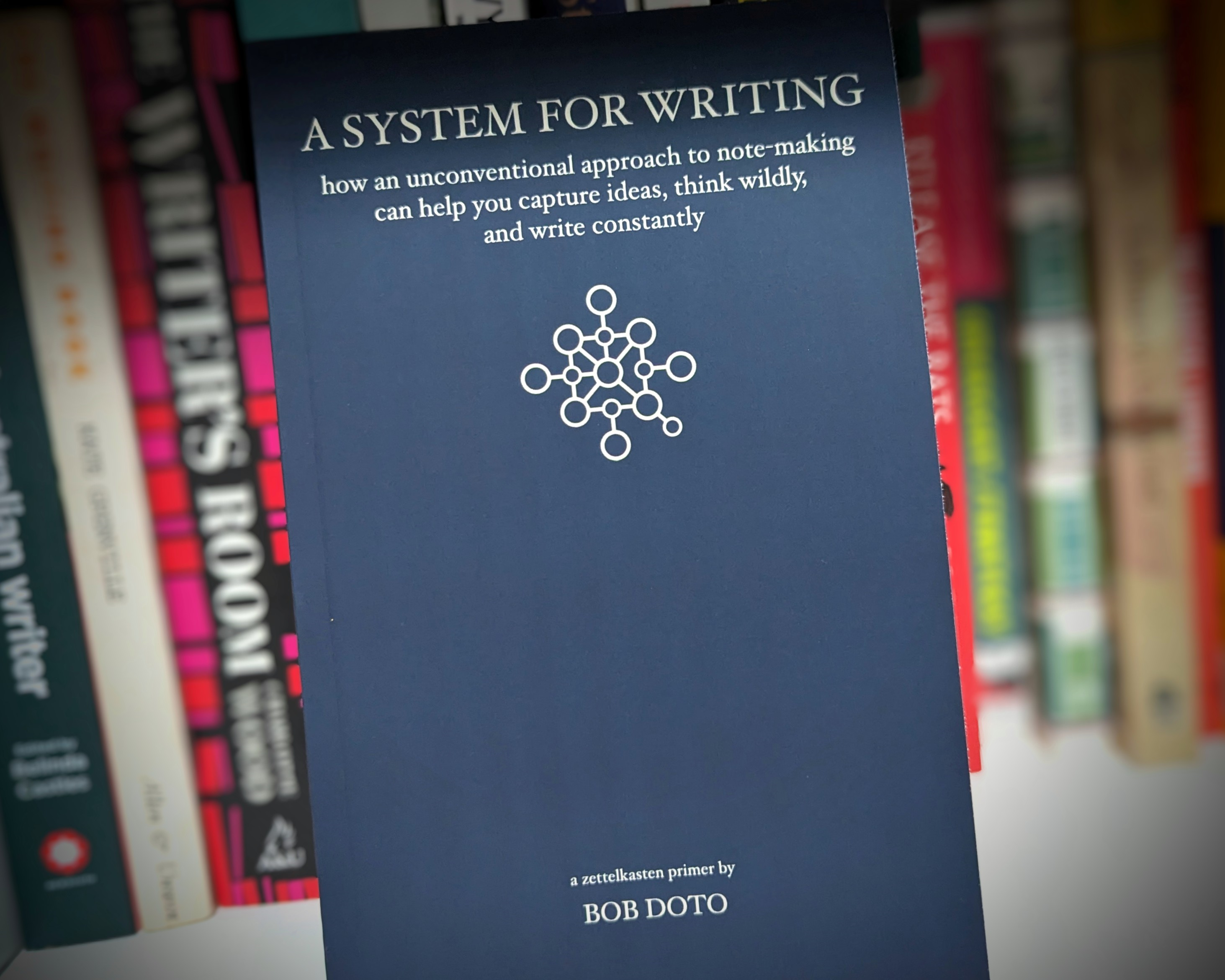
Something from nothing is no fairy tale
As an adult, one of my favourite fairy tales is Puss in Boots.
I have immense respect for this talking cat. He has nothing going for him - not even a decent pair of shoes. And to make matters worse he finds himself lumbered with a pretty mediocre human owner.
Folklore academics have a way of classifying the tales they study. It’s called the Aarne–Thompson–Uther Index (ATU). And in this index, Puss in Boots is Type 545: the cat as helper.
That’s completely wrong.
Read it for yourself. This story is not about the frankly lacklustre youngest son of the mill. No, it’s about the cat, a cat who has almost no help, who has to do practically everything himself, and who never gives up until finally he gets what he needs.

The great writer Angela Carter would have agreed with this. She observed the cat was “the servant so much the master already“[^1]. But this is hardly controversial. Perrault’s version of the story actually has the title “The Master Cat“.
So as you probably remember, the tale begins when the cat experiences an unexpected disaster. The old miller dies, leaving the mill to his eldest son.
But the mill’s cat he leaves to the youngest son.
Not only is the cat suddenly homeless, but to make things even worse his fate is now shackled to a penniless human without prospects.
So what’s a homeless cat to do?
Why not let your reading be a smorgasbord of serendipity?
Yes indeed, why not let your reading be a smorgasbord of serendipity?
Here’s Anna Funder, author of Wifedom: Mrs Orwell’s Invisible Life, on working at the University of Melbourne English Department library as a student:
“It sounds prehistoric now, but I sat at the front desk, typing out index cards for new acquisitions or requests from staff for books or journals — anything from the latest novel, to psychoanalysis, poetry or medieval studies. I read things that had nothing to do with my studies: a smorgasbord of serendipity. Despite my time there, I have never understood the Dewey decimal system: how can numbers tell you what a book is, to a decimal point?” - Every book you could want and many more
My take on this?

HEAJ:Mundaneum by Marc Wathieu is licensed under CC BY 2.0
A minimal approach to making notes
I want a minimal approach to making notes.
I don’t want anything fancy, just enough structure to be useful.
When I see people’s souped-up Obsidian note-taking vaults my head spins (OK, I’m jealous). I also wonder, though, what extra result is achieved with a fantastically complex system. Having said that, I’m keen on people creating a working environment that works for them, and I do admire people’s creativity in this area.
I just can’t be bothered to do it myself.
When discussing the Zettelkasten approach to making notes, it seems there are a lot of different note types to consider, which confuses people. The extensive discussion about different types of notes caused by reading Sonke Ahrens’s book How to Take Smart Notes makes me think this multiple-note-types approach is just too complicated for me. So what do I do instead?
Five useful articles about writing
Here are five links with worthwhile writing advice. 🖋️
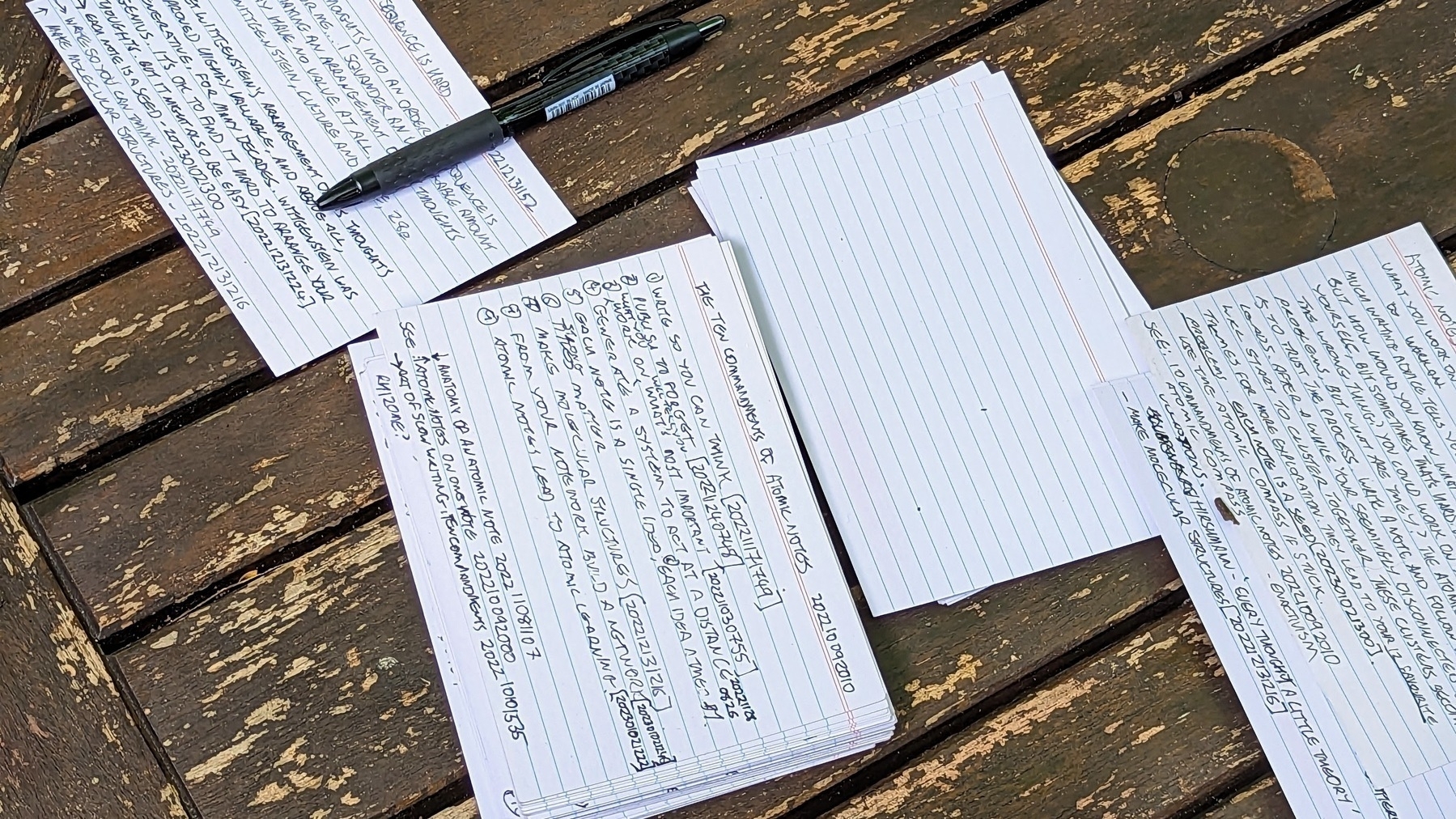
A forest of evergreen notes
Jon M Sterling, a computer scientist at Cambridge University, has created his own ‘mathematical Zettelkasten’, which he also calls ‘a forest of evergreen notes’.
He maintains a very interesting website, built using a tool he created, named, appropriately enough, Forester.

The implementation of his ideas raises all sorts of ideas and questions for me, almost all enthusiastic. Here are a few in no order at all:
Make your notes a creative working environment
“Do you have an ideal creative environment? Also do you believe the physical space influences your creativity?”
This is a question Manuel Moreale regularly asks his guests on the People and Blogs newsletter. The answers are always fascinating and well worth a read.
This got me thinking about my own working environment and maybe I overthought it. It looks like I’ve totally ignored Barry Hess’s reminder that you’re a blogger not an essayist.[^1] Anyway, here goes.
Note: This post is part of the Indieweb Carnival on creative environments.
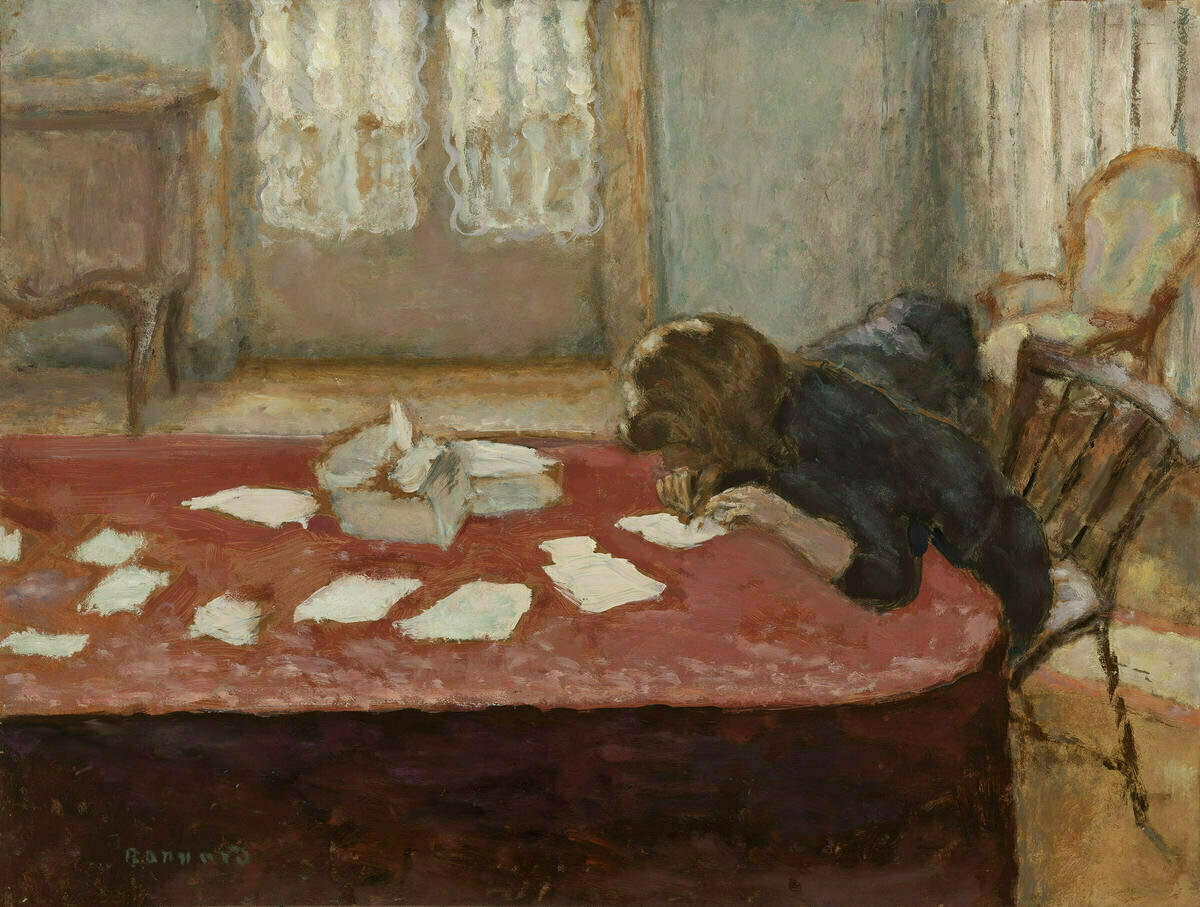
When it comes to writing notes, how much mess is just enough?
Oliver Burkeman, author of Four Thousand Weeks, likes to keep his notes messy1:
“‘Messiness’, in this context at least, is just the state of not being so hubristic as to imagine that you know, in advance, precisely what’s required in order to do or to create something worthwhile. Which, of course, nobody does.” - The life-changing magic of not tidying up
I really appreciate the benefits of serendipity, but I also need some structure, which is why I’m happy with making atomic notes, densely linked. You might call it a Zettelkasten. Burkeman says he tried a Zettelkasten approach to his notes, but found it too organised.
That’s not at all how I’ve experienced it.
The image that for me best sums up this process of making short notes to create longer pieces of writing is that of my little worm farm. All sorts of scraps get dumped in at the top. And mostly unseen, the worms turn everything into nourishing compost.
It’s almost magical.
So instead of being obsessive, I just have a few simple rules that I mostly stick to.
And while this little system might not result in much tidiness, it’s still really neat.

Don't make a Zitatsalat out of your writing
Zitatsalat? What does that even mean?
Yes, Zitatsalat. I found this lovely but rarely used German term in the title of a book by the journalist Stephan Maus. The book’s name is Zitatsalat von Hinz & Kunz.[^1]
I love the rhyming rhythm of this compound term, but what does Zitatsalat actually mean?
Well, Zitatsalat translates as Quote Salad. It’s not a compliment.

Zitatsalat, by Stephan Maus (2002).
But what’s wrong with quoting other writers?
Work as if writing is the only thing that matters
“Work as if writing is the only thing that matters. Having a clear, tangible purpose when you consume information completely changes the way you engage with it. You’ll be more focused, more curious, more rigorous, and more demanding. You won’t waste time writing down every detail, trying to make a perfect record of everything that was said. Instead, you’ll try to learn the basics as efficiently as possible so you can get to the point where open questions arise, as these are the only questions worth writing about. Almost every aspect of your life will change when you live as if you are working toward publication. You’ll read differently, becoming more focused on the parts most relevant to the argument you’re building. You’ll ask sharper questions, no longer satisfied with vague explanations or leaps in logic. You’ll naturally seek venues to present your work, since the feedback you receive will propel your thinking forward like nothing else. You’ll begin to act more deliberately, thinking several steps beyond what you’re reading to consider its implications and potential.”
The card index system is ‘a thing alive’ - or is it?
Niklas Luhmann, the famed sociologist of Bielefeld, Germany, wrote of how he saw his voluminous working notes (his ‘Zettelkasten’) as a kind of conversation partner, which surprised him from time to time. But he wasn’t the first to suggest that a person’s notes might be in some sense alive.
At the end of the Nineteenth century there was a massive explosion of technological change which affected almost every aspect of society. People marveled at new invention after new invention and there was a tendency to see mechanical and especially electrical advances as somehow endowed with life. The phonograph, for example, was held to be alive and print adverts even claimed it had a soul.
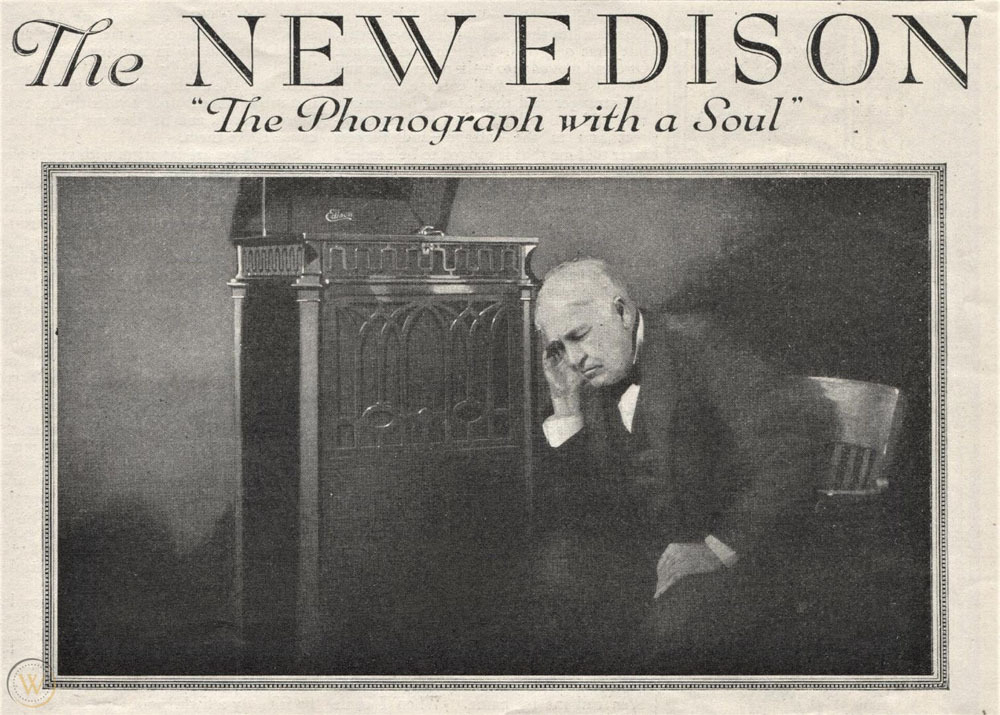
How to start a Zettelkasten from your existing deep experience
An organized collection of notes (a Zettelkasten) can help you make sense of your existing knowledge, and then make better use of it. Make your notes personal and make them relevant. Resist the urge to make them exhaustive.
💬"At what point does something become part of your mind, instead of just a convenient note taking device?"
A question discussed with philosopher David Chalmers, on the Philosophy Bites podcast.
🎙️Technophilosophy and the extended mind
So much of this depends on what ‘the mind’ means. Meanwhile, we do seamlessly interact with our note-making tools, to achieve more than we could without them.
Give it, give it all, give it now
Mark Luetke shows how he uses a Zettelkasten for creative work (‘zines!)
“The goal here is to create an apophenic mindset - one where the mind becomes open to the random connections between objects and ideas. Those connections are the spark we’re after. That spark is inspiration.”
Atomic notes - all in one place
From today there’s a new category in the navigation bar of Writing Slowly.
‘Atomic Notes’ now shows all posts about making notes.
How to make effective notes is a long-standing obsession of mine, but this new category was inspired by Bob Doto, who has his own fantastic resource page: All things Zettelkasten.
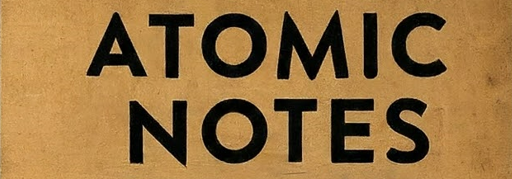
The Atomic Notes category is now highlighted on the site navigation bar.
And if you’d like to follow along with your favourite feed reader,there’s also a dedicated RSS feed (in addition to the more general whole-site feed).1
But if there’s a particular key-word you’re looking for here at Writing Slowly, you can use the built-in search.
And if you prefer completely random discovery, the site’s lucky dip feature has you covered.
Connect with me on micro.blog or on Mastodon. And on Reddit, I’m - you guessed it - @atomicnotes.
See also:
Assigning posts to a new category with micro.blog
How to overcome Fetzenwissen: the illusion of integrated thought
It’s too easy to produce fragmentary knowledge.
One potential problem associated with making notes according to the Zettelkasten approach is Verknüpfungszwang: the compulsion to find connections. It may be true philosophically that everything’s connected, but in the end what matters is useful or meaningful connections. With your notes, then, you need to make worthwhile, not indiscriminate links.
Another potential problem is Fetzenwissen: fragmentary knowledge, along with the illusion that disjointed fragments can produce integrated thought.
Almost by definition, notes are brief, and I’m an enthusiast of making short, modular, atomic notes. Yes, this results in knowledge presented in fragments. And in their raw form these fragmentary notes are quite different from the kind of coherent prose and well-developed arguments readers usually expect. You can’t just jam together a set of notes and expect them to make an instant essay. So is this fragmentary knowledge really a problem for note-making? If so, how can determined note-makers overcome it?
From fragments you can build a greater whole
Everything large and significant began as small and insignificant
This is my working philosophy of creativity and I’m trying to follow it through as best I can. Starting with simple parts is how you go about constructing complex systems.
“A complex system that works is invariably found to have evolved from a simple system that worked. A complex system designed from scratch never works and cannot be patched up to make it work. You have to start over, beginning with a working simple system”. — John Gall (1975) Systemantics: How Systems Really Work and How They Fail, p. 71.
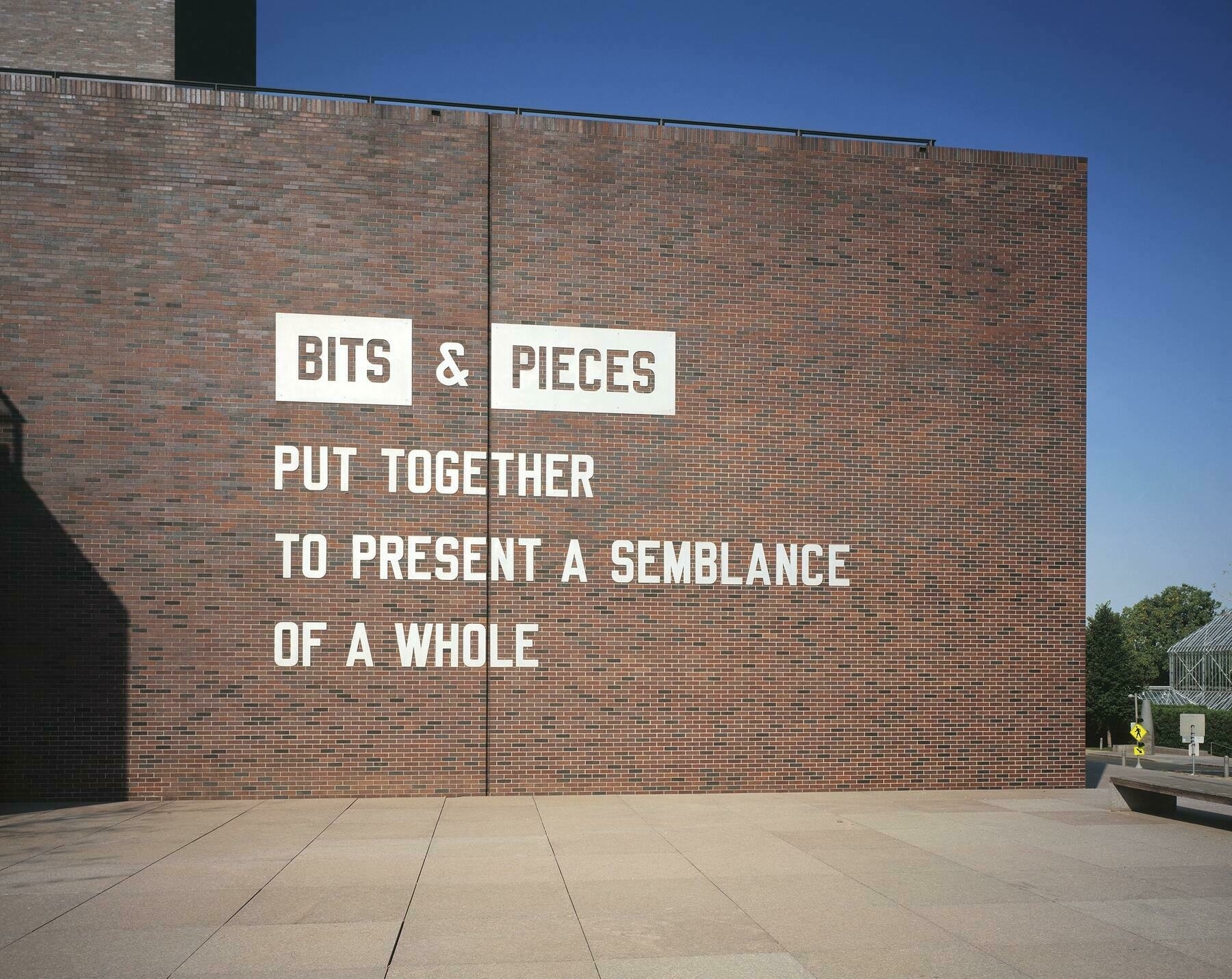
Bits and pieces put together to create a semblance of a whole, by Lawrence Weiner
